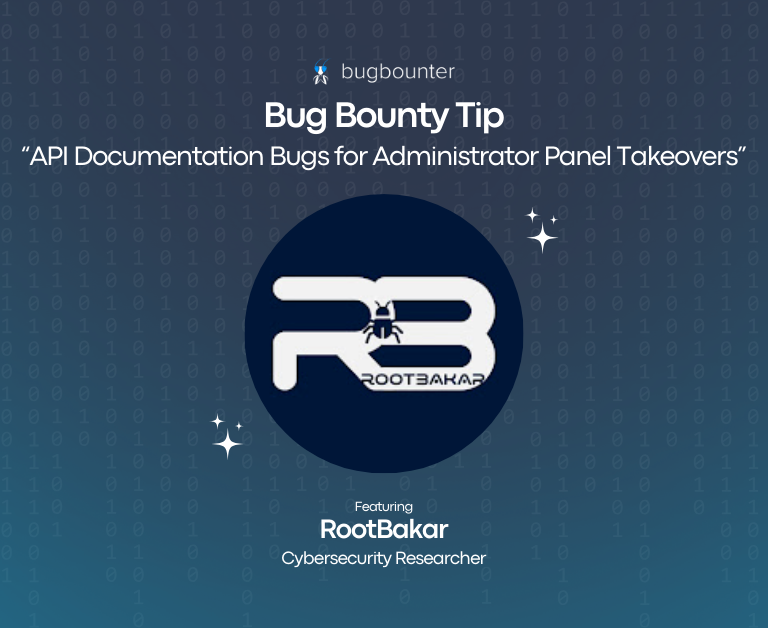Knowing how to build a cyber security culture has become the norm for all organizations in all industries today. The cyber security culture is predominantly gaining momentum in the digital industry, with the growing concern because of cyber attacks. One cyber-attack can leave an entire organization devastated and deprived of its power to grow. Organizations put in years of effort to grow in all aspects. Cyber threat is an issue that needs immediate intervention and redressal.
Building a cybersecurity culture has always been an essential part of hybrid workplaces. However, organizations need to change how they view the cyber threat landscape fundamentally. Cybersecurity policies have constantly been changing in the past years, with new amendments added every year. Security professionals addressed new cybersecurity challenges on international platforms. Identifying the latest risks and aligning with the cyber security strategy is essential to deal with evolving security risks.
In this Cybersecurity Awareness Month special blog post by BugBounter, you will learn more about cybersecurity culture and the challenges in building one.
What is a Cyber Security Culture?
The cybersecurity culture is a work environment with IT systems, processes, and technology built with cybersecurity to protect the data handled by the organization. It is also about educating the organization’s people to follow cyber security culture to make it a better workspace.
Fostering a cybersecurity culture also ensures that employees are trained with cyber security awareness and that everyone can be a part of forming a defense against possible cyber attacks and breaches. Recent happenings in the cyber security world, like the attack against the Estonian government, claimed by Russian hackers, malicious plugins in WordPress websites, or the critical Bitbucket vulnerability, raise serious questions about the existing cyber security measures.
Cybersecurity initiatives aim to nurture a culture where members realize their responsibility towards their working organization. They recognize how their roles and actions can impact overall security. Investments in cybersecurity awareness programs have rocketed over the last few years. Still, it has not helped fully mitigate cybersecurity risks. It can only happen if the security teams, development teams, decision-makers, and key stakeholders work as a single unit.
Building a Cyber Security Culture Today
The cybersecurity culture is built on the shared values, beliefs, and behaviours that shape how employees think about and approach security. It starts with clear communication from leadership about the significance of security and what it means for the organization. Building a cybersecurity culture requires ongoing education and training to ensure that everyone knows best practices and how to play their part in keeping the organization secure. It also necessitates continuous reinforcement through consistent messaging and reminders about the importance of security. Ultimately, a thriving cybersecurity culture is constantly evolving to meet the ever-changing landscape of threats. By taking a proactive approach and continuously reinforcing the importance of security, organizations can build a strong cybersecurity culture that will help them stay safe in an increasingly dangerous world.
Challenges of Building a Cyber Security Culture
Building a cybersecurity culture is not easy, as several aspects must be kept in mind. For instance, an organization may face the challenge of not having the proper funding for investing in cybersecurity training or practices. A cybersecurity culture will not spring itself into action if you just spread cybersecurity awareness within your organization.
The following must be kept in mind while building a cybersecurity culture.
- Aligning with security team objectives: Security policies in cybersecurity culture must be intact. Aligning the existing organizational architecture to new policies can be complex. The needs of organizations and security teams should go hand in hand to build a robust cyber security culture.
- Competitors getting ahead: The toxicity within the organizations in the same industry may drive security challenges within themselves. The impact of such competitions can be intense and can affect the very cause of building a security culture for mutual growth.
- Lack of right security tools and technology: The organization’s top security team can be experts in the security enforcement job. However, transforming the entire security culture can get complicated if they do not have access to the latest tools and applications to build a cybersecurity culture.
Best Practices to Build a Cyber Security Culture
Building a cyber security culture should be a company’s main priority if it looks forward to growing in the long term. If building a cyber security culture calls for altering the organizational objectives, the top hierarchical management should brainstorm and figure out a way to implement it. Tactics and strategies for cyber security should involve thinking way ahead of how a malicious hacker might think and stage a cyber attack.
Implementing cyber security awareness requires an empathetic approach to make people feel that they are a part of cybersecurity practices implemented in the organization. Cyber security training should inculcate values and ethics in a broader sense and in stressing the importance of cyber security in corporate culture.
Some of the best practices that guarantee to help build a cybersecurity culture are:
Have a Proper Security Implementation Plan
A chartered implementation plan will ensure that “informational security” practices are enforced at all hierarchical levels. It will also pave the way for building a framework for implementing future cyber security practices that may need only a few changes.
Make Security Practices Easier
Security practices should be easier to follow so that employees don’t feel burdened with their current workloads. For instance, the security team can suggest pre-installed security firmware and security checking applications that automatically run on the working systems as they are started.
Invest in Cyber Security Awareness Training
Cyber Security training should be fun and rewarding, propelling employees to participate in cyber security sessions and practices. Companies can hire top trainers to give insights on the latest cyber security threats and ways to solve them.
Invest in the Right Security Tools
The digital market offers several tools and services for building cyber security culture. But how do you find the right one that suits your company’s needs? Ensure to go for licensed and brand versions with good reviews, as safety is a top priority that cannot be compromised on cheap tools.
Cyber Security Culture: A Step to Protect Existing IT Systems
Good cybersecurity practices go a long way in establishing innovation and order while growing sustainably. While traditional cyber security practices are taking a backseat, newer ones should be embraced to drive cyber security solutions in automation. Cybersecurity culture helps mitigate risks and enhance IT processes without investing in repairing the damage. BugBounter helps companies looking to building a cyber security culture by offering bug bounty services. With bug bounty, companies can enforce security in their systems and protect their sensitive data from cyber-attacks more efficiently than ever.
BugBounter offers bug bounty services providing 24/7 availability, scoping flexibility, and cost-effective manual penetration testing with more than 2700 cybersecurity experts. With BugBounter, you will have the advantage of not being charged unless the cybersecurity experts raise a valid bug report. Connect with BugBounter to get your cyber security systems in place today! Leave us a message, and we will assist you in finding what’s suitable for your organization.





